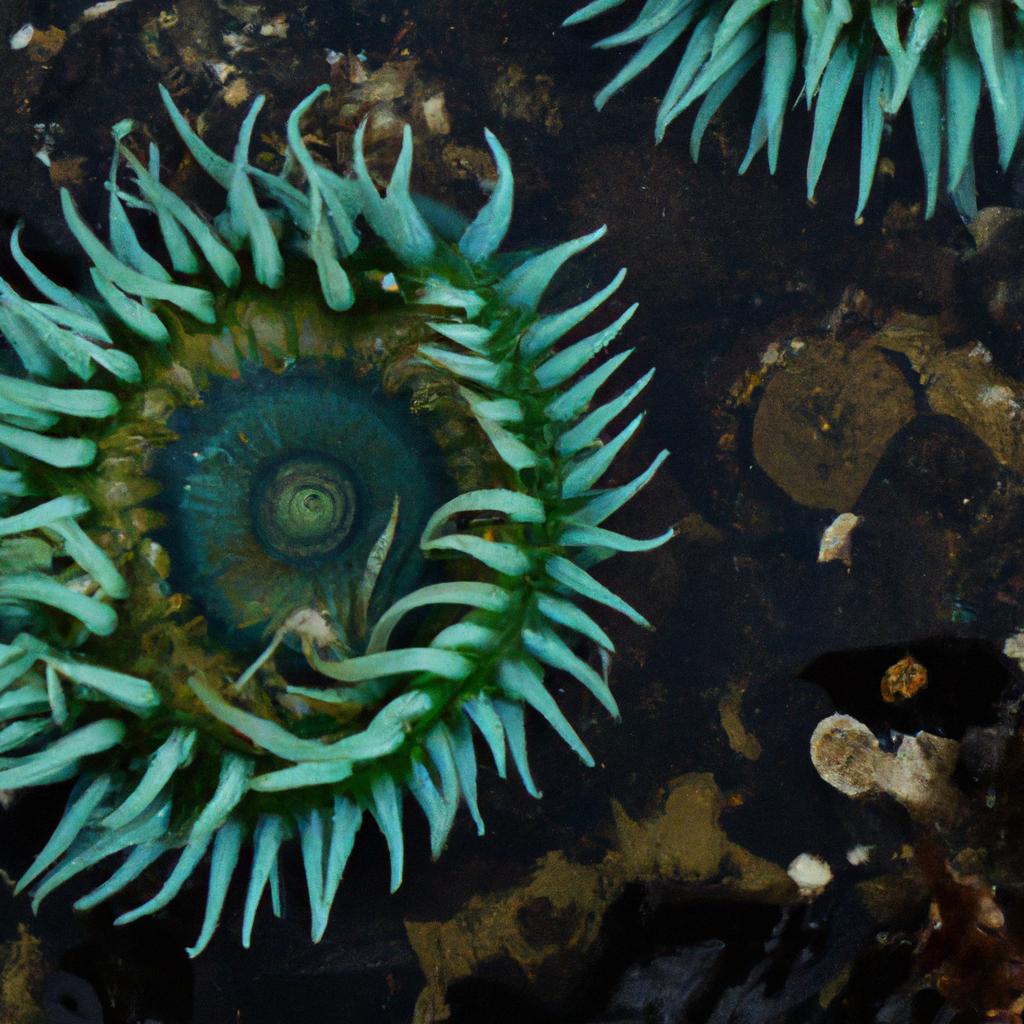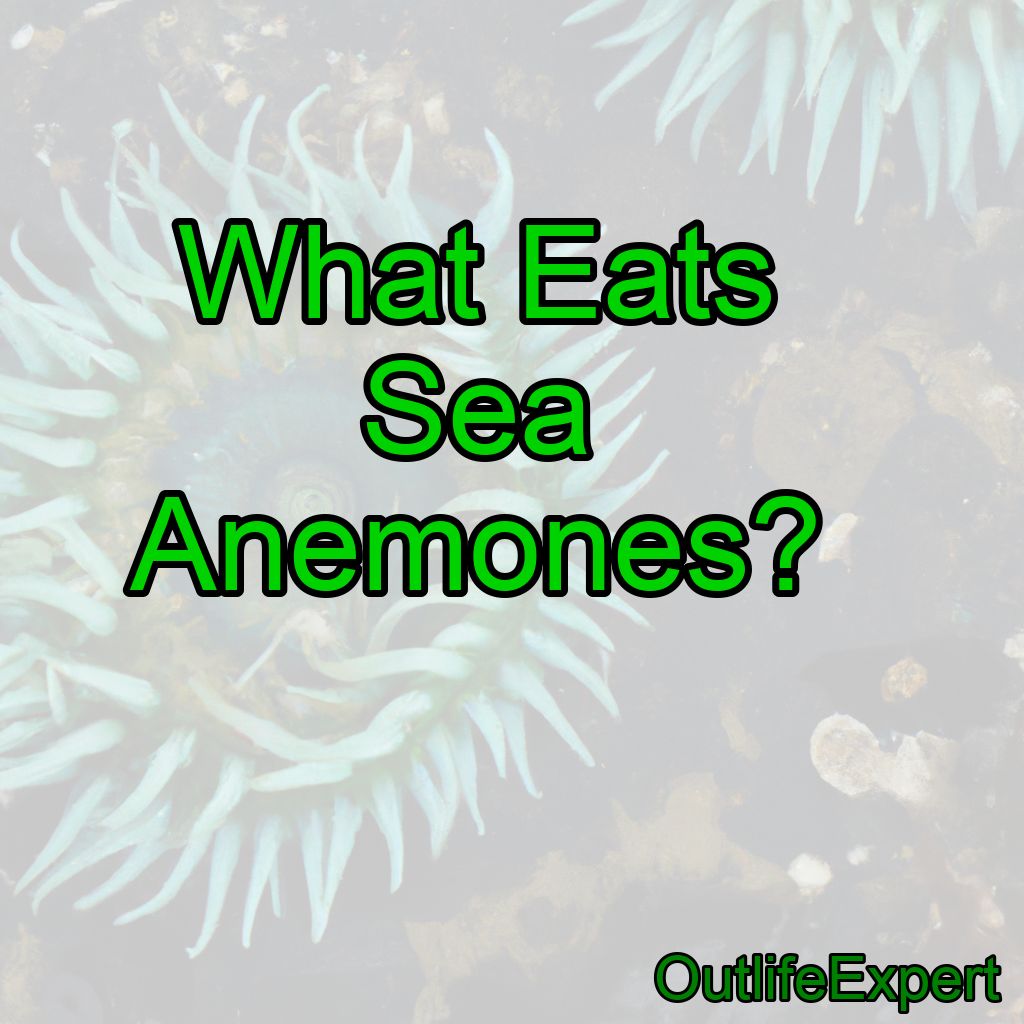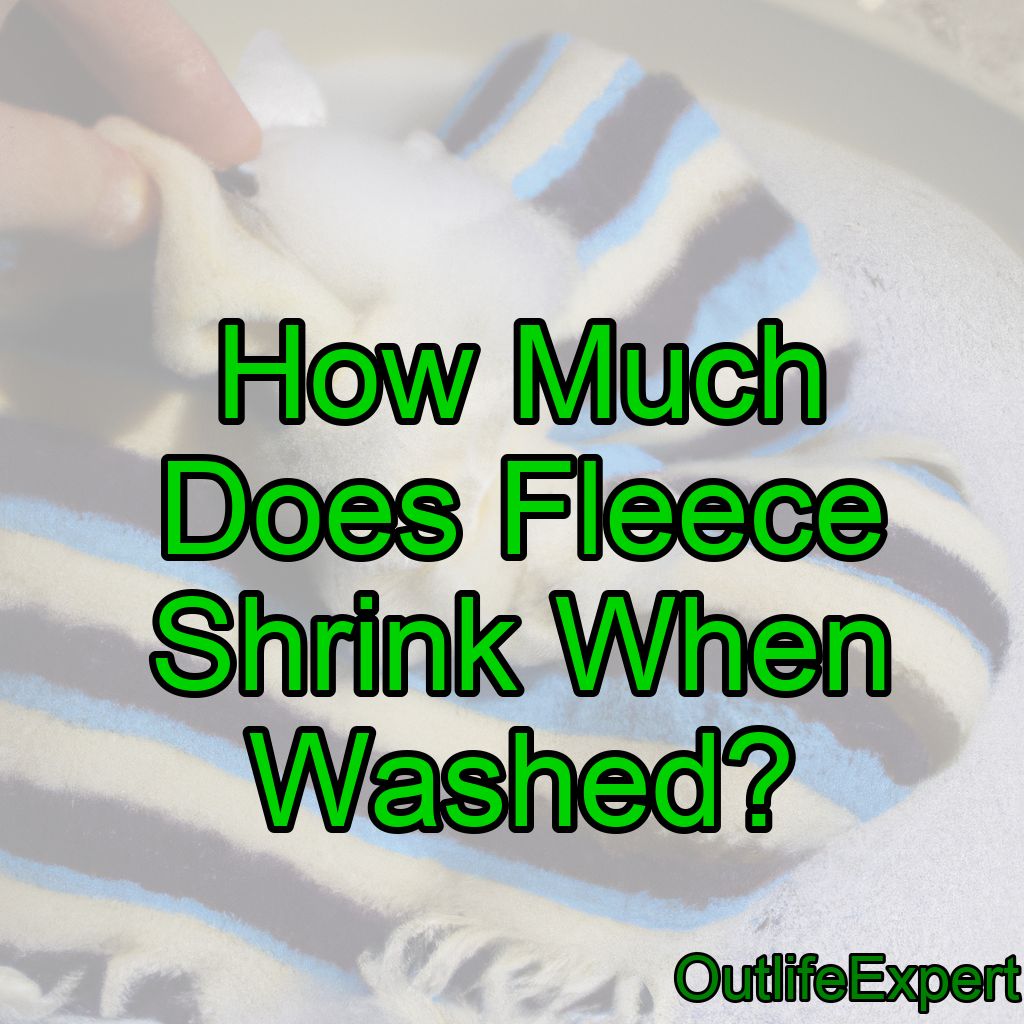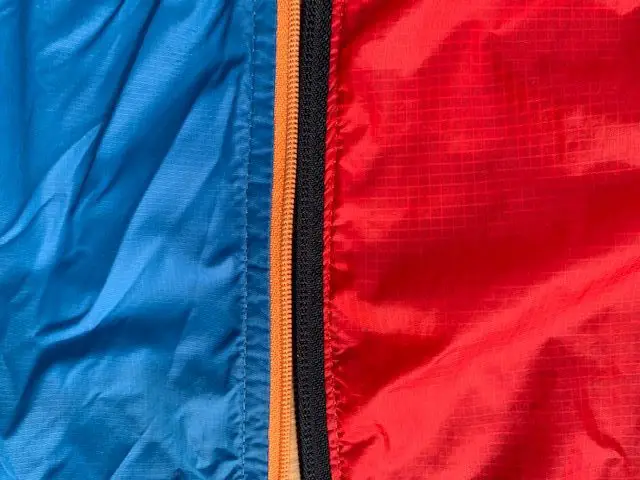Sea anemones are fascinating creatures that can be found in a variety of marine habitats, from shallow tide pools to deep ocean depths. They are often mistaken for plants, but are actually animals belonging to the phylum Cnidaria, which also includes jellyfish and coral. Sea anemones come in a variety of shapes, sizes, and colors, making them a popular sight while diving or snorkeling.
Despite their beauty and seemingly harmless appearance, sea anemones do have predators. Some of the primary predators of sea anemones include sea slugs, sea spiders, fish, and marine snails. In this blog post, we will delve into the fascinating world of sea anemones and their predators, providing a comprehensive overview of their unique ecological relationships.
Contents
Sea Anemones: A Brief Overview
Physiology and Behavior
Before discussing their predators, it is essential to understand the basic physiology and behavior of sea anemones. They possess a simple body structure consisting of a cylindrical column topped with a ring of tentacles surrounding a central mouth. The tentacles contain specialized cells called cnidocytes, which release venomous harpoons called nematocysts to immobilize their prey.
Sea anemones are generally sessile, meaning they attach themselves to a substrate, such as rocks or coral, with their pedal disc (base). While they can move, it is usually a slow process, so they must rely on their tentacles to capture passing prey, such as small fish or invertebrates.
Reproduction and Defense
Sea anemones can reproduce both sexually and asexually. Some species release eggs and sperm into the water, while others brood their young internally. Asexual reproduction can occur through fission (splitting in half) or budding (producing small clones that detach and grow elsewhere).

In terms of defense, sea anemones rely on their stinging tentacles and, in some cases, their ability to retract into their base or close up entirely. Some species also have a symbiotic relationship with other organisms, such as clownfish, which can help protect them from potential predators.
Predators of Sea Anemones
Sea Slugs
Sea slugs, specifically nudibranchs, are one of the primary predators of sea anemones. These colorful, soft-bodied mollusks have evolved various adaptations to feed on anemones, such as immunity to their venom and the ability to incorporate the anemone’s stinging cells into their own bodies for defense. Nudibranchs are selective feeders, often specializing in a particular species or group of sea anemones.
Sea Spiders
Sea spiders, or pycnogonids, are another predator of sea anemones. These peculiar, long-legged arthropods feed on anemones by puncturing their soft bodies with their proboscis and sucking out their internal fluids. Sea spiders have been observed feeding on various sea anemone species, and some even specialize in preying on specific types.
Fish
Although many fish avoid sea anemones due to their venomous tentacles, some species have developed adaptations to prey on them. For example, the leatherjacket filefish has a tough, leathery skin that can withstand the anemone’s stings. They also have a specialized mouth structure that allows them to nip off the anemone’s tentacles or even consume the entire animal.
Marine Snails
Some marine snails, such as the oyster drill, are known to prey on sea anemones. They use their radula, a toothed, ribbon-like structure, to rasp away at the anemone’s soft tissue. They may also use their foot to smother the anemone, preventing it from retracting or releasing its venomous cells.
Symbiosis and Mutualism in Sea Anemone Predator-Prey Relationships
Clownfish and Anemones
The relationship between clownfish and sea anemones is a classic example of mutualism, a type of symbiosis where both species benefit. Clownfish live among the anemone’s tentacles, gaining protection from predators while the anemone benefits from the fish’s waste, which provides essential nutrients. Clownfish have a layer of mucus on their skin that prevents the anemone’s nematocysts from firing, allowing them to live in close proximity without harm.
Anemone Crabs and Anemones
Similar to clownfish, anemone crabs also live in a mutualistic relationship with sea anemones. These small crabs use the anemone’s stinging tentacles for protection from predators while providing the anemone with food in the form of leftover scraps from their meals. Like clownfish, anemone crabs are immune to the anemone’s stings, allowing them to hide within the tentacles without harm.
The Importance of Predators in Sea Anemone Ecology
Predators play a crucial role in maintaining the overall health and balance of marine ecosystems. By preying on sea anemones, they help to regulate their population, preventing overgrowth and competition for resources. Additionally, the specialized feeding habits of many sea anemone predators, such as nudibranchs and sea spiders, can drive the evolution of new adaptations and behaviors in both predator and prey.
Human Impact on Sea Anemones and Their Predators
Like many marine organisms, sea anemones and their predators face various threats from human activities. Overfishing, pollution, habitat destruction, and climate change can all negatively impact these delicate ecosystems, leading to declines in biodiversity and overall ecosystem health. As a marine biologist, I believe it is essential to raise awareness of these issues and support efforts to protect and conserve our oceans and the incredible creatures that inhabit them.
Conclusion
In conclusion, sea anemones, despite their seemingly passive nature, do have predators. These predators include sea slugs, sea spiders, fish, and marine snails. Understanding the complex relationships between sea anemones and their predators is essential for conserving and protecting marine ecosystems. As a marine biologist, I am continually fascinated by the intricate and diverse world of sea anemones and their predators, and I hope this blog post has provided you with a greater appreciation for these amazing creatures and their vital role in our oceans.
FAQs
What snails eat anemone?
There are no known species of snails that eat anemones.
How does the sea anemone try and protect themselves from predators?
Sea anemones protect themselves from predators by using their stinging tentacles to deter or immobilize potential threats. They also have the ability to retract their tentacles and close up their body into a tight ball when threatened. Additionally, some species have symbiotic relationships with other animals, such as clownfish, which help to protect them from predators.
Do starfish eat sea anemone?
Yes, some species of starfish do eat sea anemones.
What unique behaviors do sea anemones have?
Sea anemones have several unique behaviors, including their ability to retract and expand their tentacles, their ability to clone themselves by splitting in half, their symbiotic relationships with clownfish and other fish, and their ability to sting and immobilize prey with their tentacles.
How does sea anemone act as predator?
Sea anemones act as predators by using their tentacles to capture and immobilize their prey, which includes small fish and invertebrates. The tentacles are armed with stinging cells called nematocysts, which inject toxins into the prey, paralyzing it and making it easier for the anemone to consume.
How does sea anemone trap their prey?
Sea anemones trap their prey by using their tentacles, which are covered in stinging cells called nematocysts. When prey comes into contact with the tentacles, the nematocysts fire, injecting toxins into the prey and immobilizing it. The tentacles then move the prey towards the anemone’s mouth, where it is consumed.





